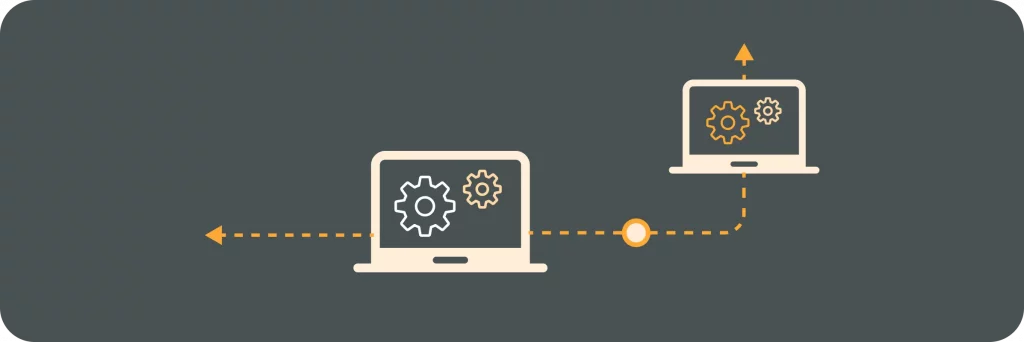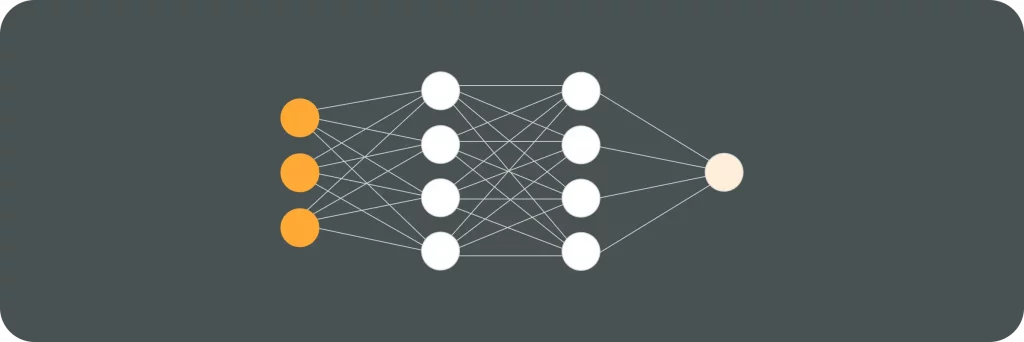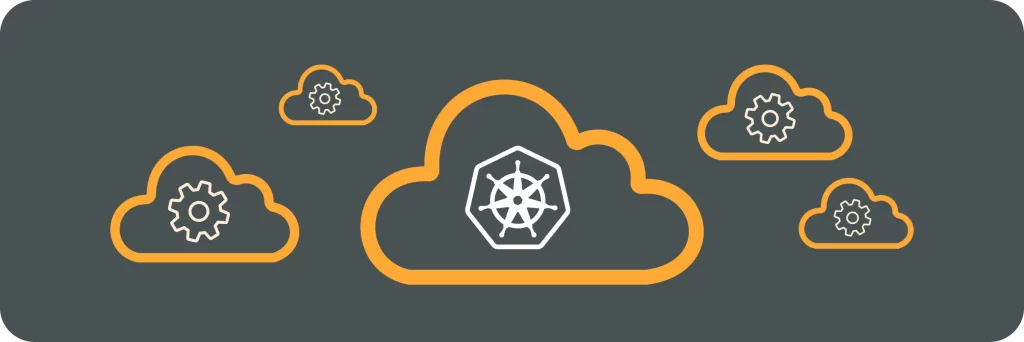In the world of software development, the DevOps philosophy has gained immense popularity due to its ability to improve collaboration and streamline processes between development and operations teams. One key concept that has emerged within the DevOps ecosystem is FaaS, which stands for Function as a Service. In this article, we will explore the concept of DevOps and delve into the intricacies of FaaS, as well as its role in the DevOps model. Additionally, we will discuss the benefits of integrating FaaS into DevOps, the challenges that come with its implementation, and the various FaaS providers and their offerings. Lastly, we will explore future trends in FaaS and how they could potentially impact the DevOps landscape.
Introduction to FaaS (Function as a Service)
FaaS, or Function as a Service, is a cloud computing model where developers can develop, deploy, and run applications without the need to manage servers or infrastructure. FaaS allows developers to focus solely on writing code for individual functions, which are then executed in response to events or requests.
The Basic Architecture of FaaS
In FaaS, each function is deployed as a separate unit of code, allowing for modular and scalable development. When an event triggers a specific function, the cloud provider dynamically allocates resources to run that function. Once the function completes its execution, the resources are automatically released. This architecture provides several benefits, including reduced operational overhead and improved scalability.
How FaaS Fits into the DevOps Model
FaaS aligns seamlessly with the principles of DevOps. By abstracting away infrastructure concerns, FaaS allows developers to focus on writing code and enables rapid development and deployment cycles. FaaS also integrates well with other DevOps practices, such as CI/CD pipelines and infrastructure automation, allowing for faster and more efficient software delivery.
The Role of FaaS in DevOps
FaaS can play a crucial role in enhancing the capabilities of DevOps teams. Here are some benefits of integrating FaaS into the DevOps model:
Benefits of Integrating FaaS into DevOps
- Scalability: FaaS enables automatic scaling of functions based on demand, ensuring optimal resource utilization and cost efficiency.
- Reduced Operational Overhead: With FaaS, the cloud provider takes care of server management, allowing DevOps teams to focus on developing and deploying functions.
- Rapid Development and Deployment: FaaS promotes agility by enabling developers to quickly write and deploy functions without worrying about infrastructure provisioning.
- Cost Optimization: FaaS follows a pay-as-you-go model, allowing organizations to only pay for the resources consumed by functions.
- Increased Flexibility: FaaS enables the use of multiple programming languages and frameworks, providing developers with the freedom to choose the most suitable tools for their needs.
Challenges in Implementing FaaS in DevOps
While FaaS offers numerous benefits, there are challenges that organizations may face when implementing it in a DevOps environment:
- Vendor Lock-In: Different FaaS providers have their own unique offerings and APIs, which may result in vendor lock-in if not managed carefully.
- Testing and Debugging: The distributed and event-driven nature of FaaS can make testing and debugging complex, requiring specialized tooling and techniques.
- Security and Compliance: Organizations need to ensure that proper security measures are in place to protect sensitive data and adhere to regulatory compliance requirements.
FaaS Providers and Their Offerings
Several FaaS providers exist in the market, each offering their own set of features and capabilities. Here’s an overview of some popular FaaS providers:
Overview of Popular FaaS Providers
- AWS Lambda: Amazon Web Services (AWS) Lambda is one of the most widely used FaaS platforms, providing seamless integration with other AWS services and support for multiple programming languages.
- Microsoft Azure Functions: Azure Functions, offered by Microsoft Azure, provides a serverless execution environment that integrates well with the broader Azure ecosystem.
- Google Cloud Functions: Google Cloud Functions allows developers to build and deploy serverless functions that can be triggered by events from various Google Cloud services.
Comparing Different FaaS Services
Each FaaS provider has its own strengths and weaknesses, making it essential for organizations to carefully evaluate their specific requirements before choosing a provider. Factors such as pricing, scalability, programming language support, and integration capabilities should be considered during the evaluation process.
Future Trends in FaaS and DevOps
As technology continues to evolve, so do the trends in FaaS and DevOps. Here are some predicted developments in FaaS:
Predicted Developments in FaaS
1. Improved Cold Start Performance: Cold start latency, which refers to the time it takes for a function to spin up in response to an event, is a common concern in FaaS. Future developments are expected to focus on reducing this latency, improving overall performance.
2. Enhanced Integration Capabilities: FaaS providers are likely to invest in improving the integration capabilities of their platforms, enabling seamless communication between functions and other cloud services.
3. Advanced Monitoring and Observability: Future trends in FaaS will emphasize enhanced monitoring and observability features, enabling better insights into function performance and behavior.
How Future Trends in FaaS Could Impact DevOps
The future trends in FaaS are expected to have a significant impact on the DevOps landscape:
- Increased Agility and Efficiency: With advancements in FaaS, DevOps teams will be able to develop and deploy software even faster, fostering increased agility and efficiency.
- Improved Scalability and Resource Management: The evolution of FaaS will lead to better scalability options and resource utilization, allowing organizations to optimize costs and performance.
- Streamlined Collaboration: Future trends in FaaS could enhance collaboration between developers and operations teams by providing more sophisticated tooling and capabilities.
In conclusion, FaaS, or Function as a Service, is a powerful concept within the DevOps ecosystem. By abstracting away infrastructure concerns and allowing developers to focus solely on writing functions, FaaS enables rapid development, scalability, and agility. Integrating FaaS into the DevOps model brings numerous benefits, including reduced operational overhead, cost optimization, and increased flexibility. However, organizations must also address challenges such as vendor lock-in, testing, debugging, security, and compliance. As FaaS continues to evolve, it is important to stay abreast of future trends and their potential impact on the DevOps landscape. By embracing these trends and leveraging the capabilities of FaaS, organizations can achieve faster delivery cycles, improved scalability, and better collaboration between development and operations teams.




